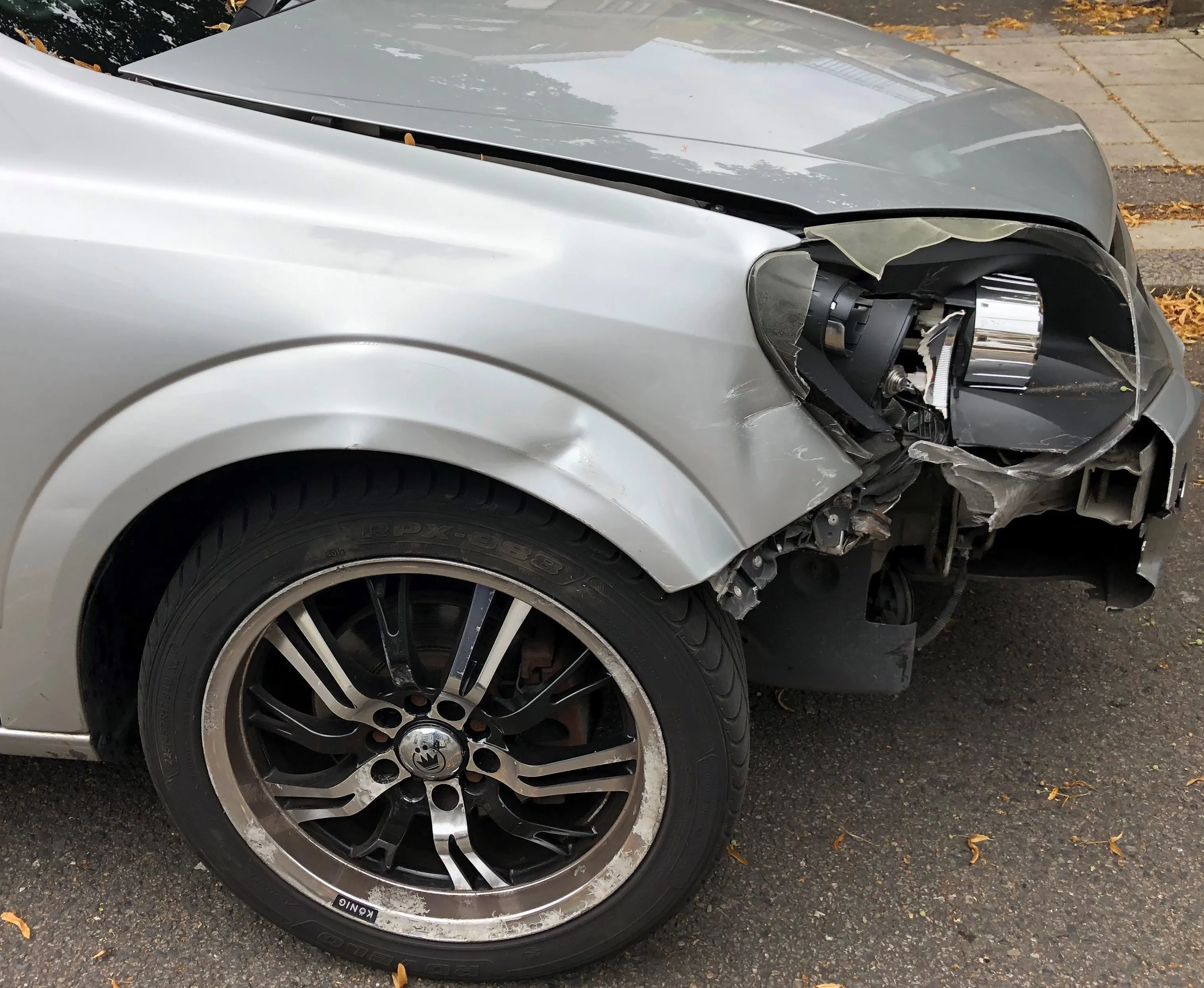In Europe there is a growing understanding that alcohol use amongst drivers still has to be tackled effectively. Accident data reveals that while safety standards are improving across most European countries, with steady reductions in numbers of serious injuries and fatalities, there remains a problem with alcohol use. In Spain in particular, there has been a major reduction in road casualty levels, but research into the accident data has shown that while the numbers of accidents has reduced overall, there
October 8, 2012
Read time: 2 mins
In Europe there is a growing understanding that alcohol use amongst drivers still has to be tackled effectively. Accident data reveals that while safety standards are improving across most European countries, with steady reductions in numbers of serious injuries and fatalities, there remains a problem with alcohol use.
In Spain in particular, there has been a major reduction in road casualty levels, but research into the accident data has shown that while the numbers of accidents has reduced overall, there has been much less of a fall in those drivers involved in accidents who are under the influence of alcohol.
The data highlights the further need to address drink driving in Spain, as well as in other European nations. There is still disparity across Europe over the quantities of alcohol drivers are allowed to have consumed also. Some countries, such as Sweden, have tough regulations forbidding the presence of any alcohol in the system for drivers while others tolerate different levels. But despite harmonization guidelines, there is still no single set level across Europe.
Enforcement is another issue that needs to be addressed, as while the UK permits drivers to have consumed slightly more alcohol than many other European nations, it ranks at the lower end of the scale for drink-driving. This is because enforcement of drink driving laws have been carried out in the UK over the last 30 years, and with much tougher penalties for offenders than in many other European countries.
A major reason France has achieved such a major reduction in road accident rates in recent years seems to be from the much tougher enforcement policies of existing laws covering drink-driving or speeding.
In Spain in particular, there has been a major reduction in road casualty levels, but research into the accident data has shown that while the numbers of accidents has reduced overall, there has been much less of a fall in those drivers involved in accidents who are under the influence of alcohol.
The data highlights the further need to address drink driving in Spain, as well as in other European nations. There is still disparity across Europe over the quantities of alcohol drivers are allowed to have consumed also. Some countries, such as Sweden, have tough regulations forbidding the presence of any alcohol in the system for drivers while others tolerate different levels. But despite harmonization guidelines, there is still no single set level across Europe.
Enforcement is another issue that needs to be addressed, as while the UK permits drivers to have consumed slightly more alcohol than many other European nations, it ranks at the lower end of the scale for drink-driving. This is because enforcement of drink driving laws have been carried out in the UK over the last 30 years, and with much tougher penalties for offenders than in many other European countries.
A major reason France has achieved such a major reduction in road accident rates in recent years seems to be from the much tougher enforcement policies of existing laws covering drink-driving or speeding.







